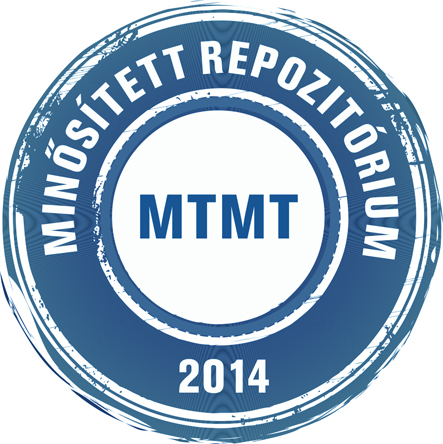Boros, Eszter (2025) The sociological and physiological impacts of the creative economy. In: A kreatív ipar az alkotói és befogadói szemléletben. Soproni Egyetem Kiadó, Sopron, pp. 146-154. ISBN 9789633345511
|
Szöveg
15-molnar-laszlo-molnar-csilla-szerk-a-kreativ-ipar-az-alkotoi-es-befogadoi-szemleletben-Boros-146-154.pdf Download (1MB) |
Absztrakt (kivonat)
In recent years, the sociological and physiological impacts of the creative economy have garnered increasing attention within the academic community. The creative industries contribute to addressing social inequalities and shaping communal identities, but they also pose challenges concerning working conditions and social status. For example, a 2021 European Union report indicates that workplace stress levels are 15% higher among workers in creative industries compared to other sectors. The digital divide may further exacerbate social disparities, while creativity can drive social innovations, particularly in urban regeneration projects. Physiologically, creative activities significantly affect mental health; a 2022 study found that depression rates are 20% lower among those engaged in creative work. Media consumption habits and work environments are also critical factors, especially regarding work-life balance. Average working hours increased to 45 hours per week during the pandemic. This study aims to provide a comprehensive overview of the sociological and physiological aspects of the creative economy and identify key research directions in this field.
Tudományterület / tudományág
művészetek > iparművészet
társadalomtudományok
Kar
Nem releváns
Intézmény
Soproni Egyetem
| Mű tipusa: | Könyv része |
|---|---|
| SWORD Depositor: | Teszt Sword |
| Felhasználó: | Csaba Horváth |
| A mű MTMT azonosítója: | MTMT:36104009 |
| Dátum: | 24 Ápr 2025 10:18 |
| Utolsó módosítás: | 24 Ápr 2025 10:18 |
| URI: | http://publicatio.uni-sopron.hu/id/eprint/3599 |
Actions (login required)
 |
Tétel nézet |


 Repozitóriumi letöltési statisztika
Repozitóriumi letöltési statisztika Repozitóriumi letöltési statisztika
Repozitóriumi letöltési statisztika
